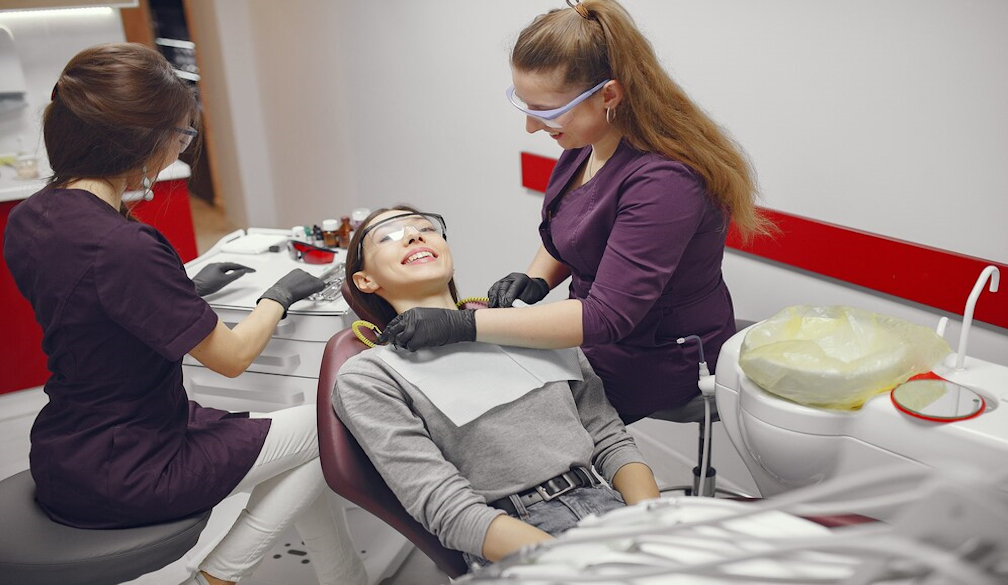The Importance of Regular Dental Check-Ups: A Focus on Bundoora Residents
- Written by mothers.net.au

Introduction
When it comes to maintaining good health, oral hygiene often takes a backseat. However, regular visits to a dentist are essential not just for your teeth, but for your overall well-being. For families in Bundoora, understanding the benefits of regular dental check-ups can help in making informed choices about their dental health. This article explores the importance of routine dental visits and how to find the right dentist Bundoora for your family.
Why Regular Dental Check-Ups Matter
Dental check-ups are crucial for several reasons:
- Early Detection of Problems
Many dental issues, such as cavities and gum disease, can develop without noticeable symptoms. Regular check-ups allow your dentist to detect these problems early, preventing them from escalating into more serious conditions that may require extensive treatment.
- Preventive Care
During your visits, your dentist will provide preventive care services, including cleanings and fluoride treatments. These services help protect your teeth from decay and keep your gums healthy, reducing the likelihood of needing more complex procedures in the future.
- Professional Cleaning
Even with diligent brushing and flossing at home, plaque and tartar can accumulate on your teeth. A professional cleaning by a dentist Bundoora can remove this buildup, leading to healthier teeth and gums. Cleanings also give your dentist the chance to check for any areas that may need special attention.
- Personalized Oral Health Advice
Your dentist can offer personalized advice based on your dental history and current oral health. They can recommend specific brushing and flossing techniques, dietary changes, or products to help maintain your oral health effectively.
How to Choose the Right Dentist in Bundoora
Finding a dentist that suits your family’s needs can be challenging, but considering the following factors can simplify the process:
- Family-Friendly Environment
Look for a dentist Bundoora who creates a welcoming and comfortable environment for all ages. A family-friendly practice often has staff trained to work with children and can help alleviate any dental anxiety they may have.
- Comprehensive Services
Choose a dental practice that offers a wide range of services, from routine check-ups to cosmetic dentistry and emergency care. Having access to various services in one location saves time and provides continuity of care.
- Experience and Qualifications
Research the dentist’s qualifications and experience. A qualified professional with a good reputation in the community is likely to provide the quality care your family deserves.
- Positive Patient Reviews
Take the time to read reviews and testimonials from other patients. Positive feedback can give you confidence in your choice and provide insight into what to expect during your visits.
- Convenient Location and Hours
opt for a dental practice that is conveniently located and offers flexible appointment hours. This is particularly important for busy families who may need evening or weekend options to accommodate their schedules.
Tips for a Successful Dental Visit
- Prepare for Your Appointment
Before your check-up, gather any necessary information, including your medical history and a list of medications. This will help your dentist provide the best care tailored to your needs.
- Ask Questions
Don’t hesitate to ask questions during your visit. A good dentist will take the time to explain procedures, answer your queries, and discuss any concerns you may have.
- Follow Up on Recommendations
After your appointment, make sure to follow any recommendations given by your dentist. This may include scheduling follow-up visits, adhering to specific oral hygiene practices, or making lifestyle changes for better oral health.
- Maintain Good Oral Hygiene at Home
Encourage your family to practice good oral hygiene habits at home. Regular brushing, flossing, and a balanced diet are essential for maintaining dental health between visits.
Conclusion
Regular dental check-ups are vital for maintaining good oral health and preventing serious issues down the line. By choosing the right dentist Bundoora for your family, you can ensure that everyone receives the care they need. Prioritizing dental visits today will lead to healthier smiles for years to come.






